Huur
Huur = Horus
Below are some basic facts about Khat/Qat and it's Social/economical effects on Somali Society.
For more info, follow the link down below.
Source:
The Social Life of Things: Commodities in cultural perspective Edited by Arjun Appadurai
Chapter 8 - Qat: changes in the production and consumption of the quasilegal commodity in northeast Africa
LEE V. CASSANELLI
http://dspace-roma3.caspur.it/bitst...Changes in the production and consumption.pdf
Popular ideas about Qat
Coffee and Qat:
Production of Qat:
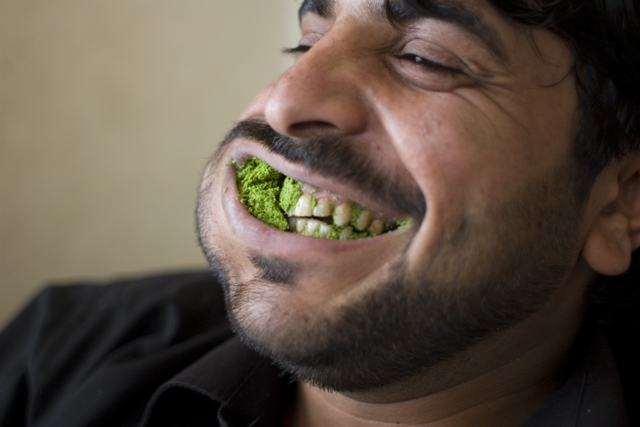
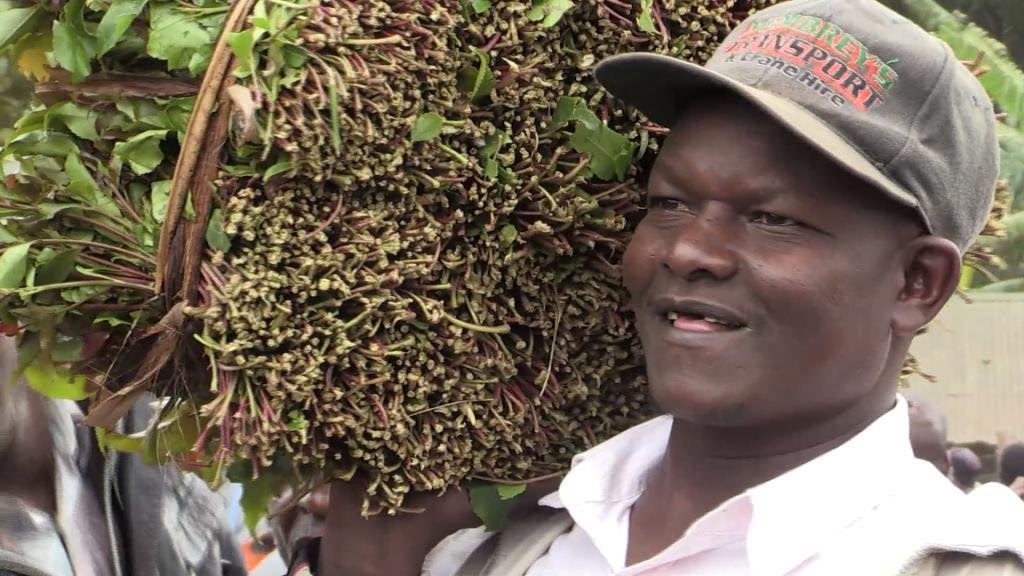
The Distribution of Qat:

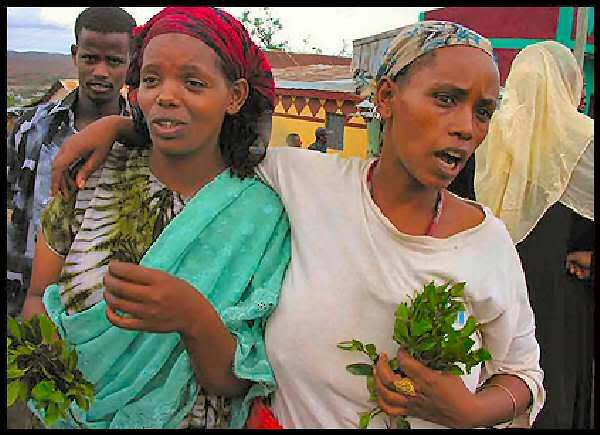
Hargeisa vs Mogdishu:


Qat and the politics of prohibition:
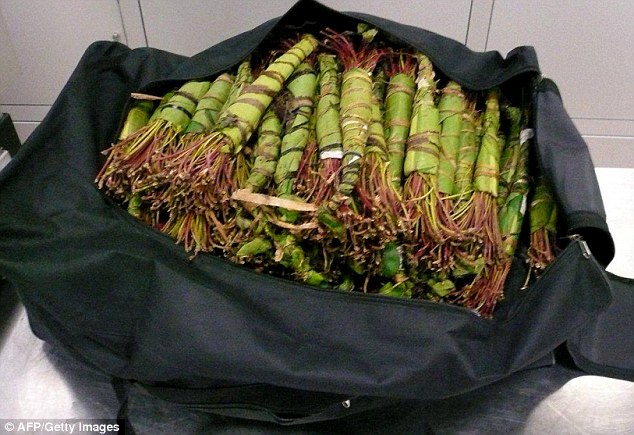
Side note:

It is also interesting to see that the Somali expansion in the Horn of Africa ceased when they arrived at areas where there's an abundance of Qat.
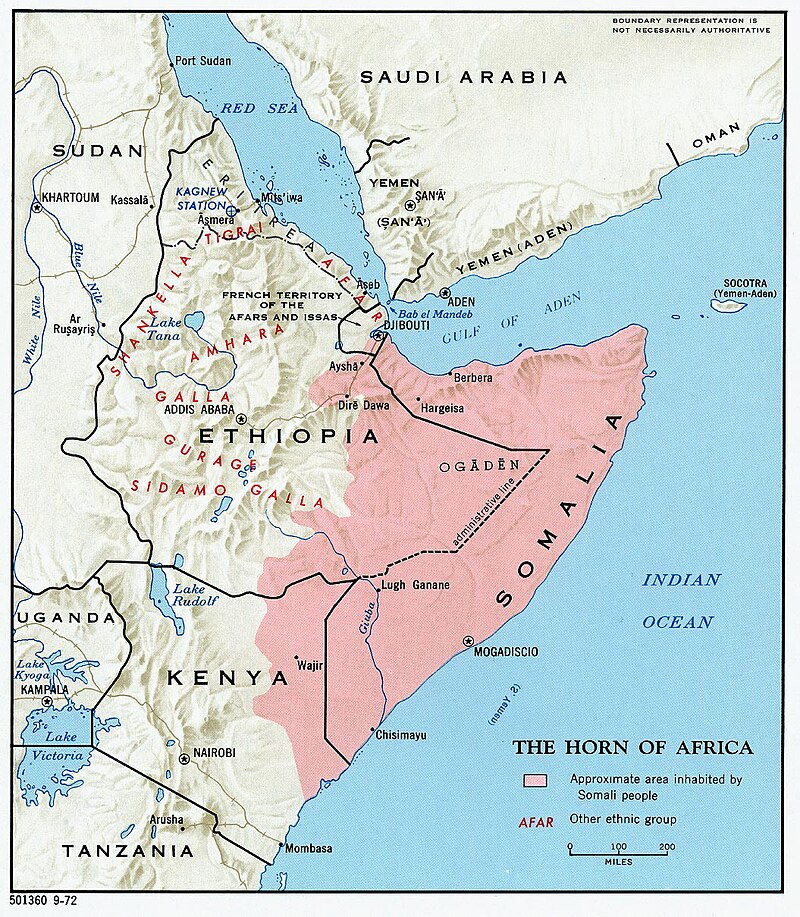
Videos:
Khat in Harar
The Somalization of Madagascar
For more info, follow the link down below.
Source:
The Social Life of Things: Commodities in cultural perspective Edited by Arjun Appadurai
Chapter 8 - Qat: changes in the production and consumption of the quasilegal commodity in northeast Africa
LEE V. CASSANELLI
http://dspace-roma3.caspur.it/bitst...Changes in the production and consumption.pdf
Popular ideas about Qat
Those who chew qat attribute to it a variety of beneficial effects.
Practicing Muslims say that chewing it in the evening enables them to work and pray without becoming drowsy, particularly during the month of Ramadan, when Muslims are obligated to fast from sunrise to sundown. Farmers assert that it "keeps their bodies cool" while working in the fields, even during the hottest days.
Other Somalis have told me that chewing way helps them feel "relaxed but mentally alert";
they can concentrate on whatever they are doing much better.
"Qat allows you to have strange and wonderful ideas,"said one.
"It helps you to express your thoughts to your friends."
Most users of qat in Northeast Africa (Horn of Africa) are aware that the substance has a long history in the area, and that for much of that history it has been closely associated with religion.
The inhabitants of Harar, an old Muslim city and major center of qat cultivation in the eastern high-lands of Ethiopia, tell a story to the effect that qat's special properties were first revealed by an angel to two saints who
appealed to Allah for something to help keep them awake during long nights of prayer (Hill 1965:14).
Qat is still commonly called "the meal of the holy man", and believers assert that a proper
moral and spiritual disposition should accompany its consumption.
...the discovery of qat is attributed to a Yemeni goat herder, Awzulkernayien, who noticed the stimulating effects of some wild leaves on his goats, tried them himself, and experienced enhanced strength and wakefulness.
Harari townsmen still invoke the name of Awzulkernayien in prayers that precede the start of qat-chewing sessions in Harar (Getahun and Krikorian 1973:353-5).
Coffee and Qat:
Any group of users can find in old tradition a number of precedents that impart the authenticity of custom to their practice. What is more a version of the Awzulkernayien story is often cited by Ethiopians to explain the discovery of coffee...the histories of qat and coffee are connected in an important way.
...The areas best suited to its cultivation are also the areas where coffee grows best.
The qat plant thrives best on moist, mountainous slopes of 5,000-8,000- foot elecation with good drainage. The major centers of qat production have thus always been highland areas: the ranges of eastern and northern Ethiopia, the hills northeast of Mount Kenya, and the mountains of Yemen.
Production of Qat:
...From the viewpoint of the local farmers, however, qat is also a cash crop, and economies of scale and returns on investment seem clearly to have favored qat over the past two decades.
The pattern was discernible in Yemen by the mid-1960's. When the Yemeni revolution of 1962 and the subsequent civil war disrupted coffee exports, most coffee farmers began to replant their fields with qat, which could be marketed locally. The return of peace in 1968 and subsequent attempts by Yemen's government to encourage the resumption of coffee cultivation did not succeed in reversing the trend.

Profits made by qat farmers are not nearly as astounding as those of the traders, but they are nonetheless striking. One study in Ethiopia showed that qat accounted for 30-50 percent of the total cash income per year per family in a district where qat trees occupied only 13 percent of the cultivated land (Getahun and Krikorian 1973;357, 366-7).
In the Meru district of Kenya, various estimates have put the return per cultivated acre of qat anywhere from 30 to 300 percent higher than for coffee (Hjort 1974:31). Economically, then, qat production
has increased both in absolute terms and in relation to other potential highland cash crops.
In the time past, when the uses of qat were more limited (and confined, perhaps, to ritual and religious occasions), the dissemination of qat plants appears to have been restricted.

The Distribution of Qat:
It is the marketing and trading of qat that links cultivators and consumers. In this context, the physical properties of the commodity carry more weight than the cultural ones. That is, qat is highly perishable.
Its potency degenerates quickly once the twigs and leaves are cut, and most users prefer qat that has been harvested within the previous forty-eight hours...(It appears that dry leaves, ground into powder, have long been a well-known if less-favored substitute; religious pilgrims making the hajj to Mecca and Medina frequently carried dry qat with them.)
...Somali dealers then truck the qat across the desert overnight to Somalia. Since the late 1960's qat has also been transported by air.
It was not unusual several years ago to see four or five rows of seats in the rear of a regularly scheduled Somali Airlines flight from Nairobi to Muqdisho piled high with bundles fresh qat twigs wrapped in plastic. By 1980, charter flights given over entirely to qat had become commonplace.
In the absence of any detailed research on the subject, we don't know where the initial capital for this remarkable trading operation came from.

In Hargeisa and Muqdisho most of the retail trade in qat is in the hands of women.
In a part of the world where pastoral nomadism, labor migration, and sporadic warfare frequently remove men from the household, qat sales help provide women with the means to survive independently.

Hargeisa vs Mogdishu:
One clue to the increased demand for qat may lie in the characteristics of habitual users, that is people who chew it two or three times a week.
Statistics are hard to come by, bus recently the Pharmacological Section of the Faculty of Medicine at the Somali National University completed a four-year study on qat use based on interviews with 7,485 Somalis (Abdullahi Elmi 1983; SDR 1983).
The survey involved 4, 136 inhabitants of Muqdisho and its environs and 3,349 inhabitants of Hargeisa and its suburbs.
Eighty-four percent of the Hargeisa sample and 39 percent of the Muqdisho sample claimed to have tried qat.
Habitual users (those chewing qat two or more times per week) were 55 percent of those surveyed in Hargeisa, 18 percent in Muqdisho. Elmi attributed these differences to the relatively recent introduction of qat in southern Somalia.
As might be expected, men were found to be the major consumers of qat; about three-quarters of the chewers in both samples were men, whereas 50 percent of the Hargeisa women and 80 percent of the Muqdisho women interviewd said they never had used qat.
Most revealing for our purposes was Elmi's conclusion that "unlike Hargeisa, where qat is chewed among all professions, Muqdisho's chewers seem to be found most commonly among businessmen and the unemployed. The popularity of qat among businessmen may be attributed to its highly sociable association which makes it conducive to business transactions. Among the jobless, qat serves as a relief to frustration."


Qat and the politics of prohibition:
On March 19, 1983, the government of Somalia issued a decree banning the cultivation, trade, and consumption of qat throughout the country.
Qat plantations had to be destroyed withing a year; Somalis caught dealing in qat were liable to fines up to 50,000 SoSh ($5,000) or to prison sentences of two to five years.
At the time of the ban, a few skeptical observers claimed the authorities simply wanted to suppress the existing traffic in qat in order to gain control of the trade for themselves and their political cronies.
There may be more to this than characteristic Somali cynicism.

Side note:
"During the 1940's, young townsmen in northern Somalia began to express new political aspirations. Charles Geshekter (1983) has documented the beginnings of social clubs and welfare societies that
eventually gew into the first political associations demanding Somali self-government. Chewing qat became popular at these gatherings..."

It is also interesting to see that the Somali expansion in the Horn of Africa ceased when they arrived at areas where there's an abundance of Qat.
"The highland areas that produce qat in northeast Africa (Horn of Africa) have historically been inhabited by non-Muslims. The consumers, predominantly (though never exclusively) Muslims, lived and live chiefly in the semi-arid lowlands. This means that qat historically has been exchanged across ecological frontiers that have also been cultural frontiers."

Videos:
Khat in Harar
The Somalization of Madagascar








 brings back memories man. There was this cute samaroon girl i met in hargeisa
brings back memories man. There was this cute samaroon girl i met in hargeisa  going to see her this summer again
going to see her this summer again